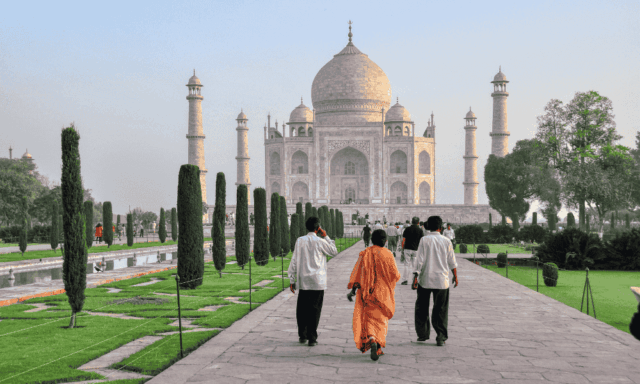
A new global initiative is challenging curators to consider what’s heard, and not just what’s seen.
Fittingly launched on World Heritage Day (April 18) by UK-based field recording project Cities and Memory, Sonic Heritage is capturing soundscapes of UNESCO World Heritage Sites across the globe.
From vibrant street markets in the Peruvian Andes to cicadas outside Monreale Cathedral in Sicily or the Day of the Dead at cemetery in Oaxaca, the project so far includes 270 recordings across 68 countries. It’s a sprawling, creative, and, at times, surprising collection.
“When you think of world heritage sites, you always think of visuals, but there’s almost no attention paid to the way these heritage sites sound,” project founder Stuart Fowkes told The Guardian. “Sound is incredibly transportive. It helps you to get a more solid sense of what it would actually feel like to be there.” (Note: Museum 411 explored this very idea last year in our post on digital sound enhancements for exhibitions).
Museums can consider the growing archive a resource for enhancing exhibits with immersive audio storytelling. The project is fully accessible online and encourages reuse in nonprofit and educational contexts.
But beyond that, it raises important questions around sonic conservation. Fowkes notes that many of these soundscapes are under threat from climate change, overdevelopment, and mass tourism.
Sonic Heritage aims to address these fundamental questions:
- What role does sound have to play in enriching our experience of the world’s most incredible places?
- What are the soundscapes that accompany the world’s most culturally important sites and spaces?
- How should we identify, celebrate and preserve soundscapes around the world that are culturally or socially significant — before it’s too late?
As museums continue expanding beyond the glass case, audio recordings like these offer another path for connection, where our heritage can be heard, felt, and remembered. Just imagine how meaningful it would be to have these kind of recordings from 50 years ago, 100 years ago, or more. As they say, the second best time to plant a tree is today.
Museums interested in collaborating or featuring Sonic Heritage in future programming are invited to contact the Cities and Memory team.




